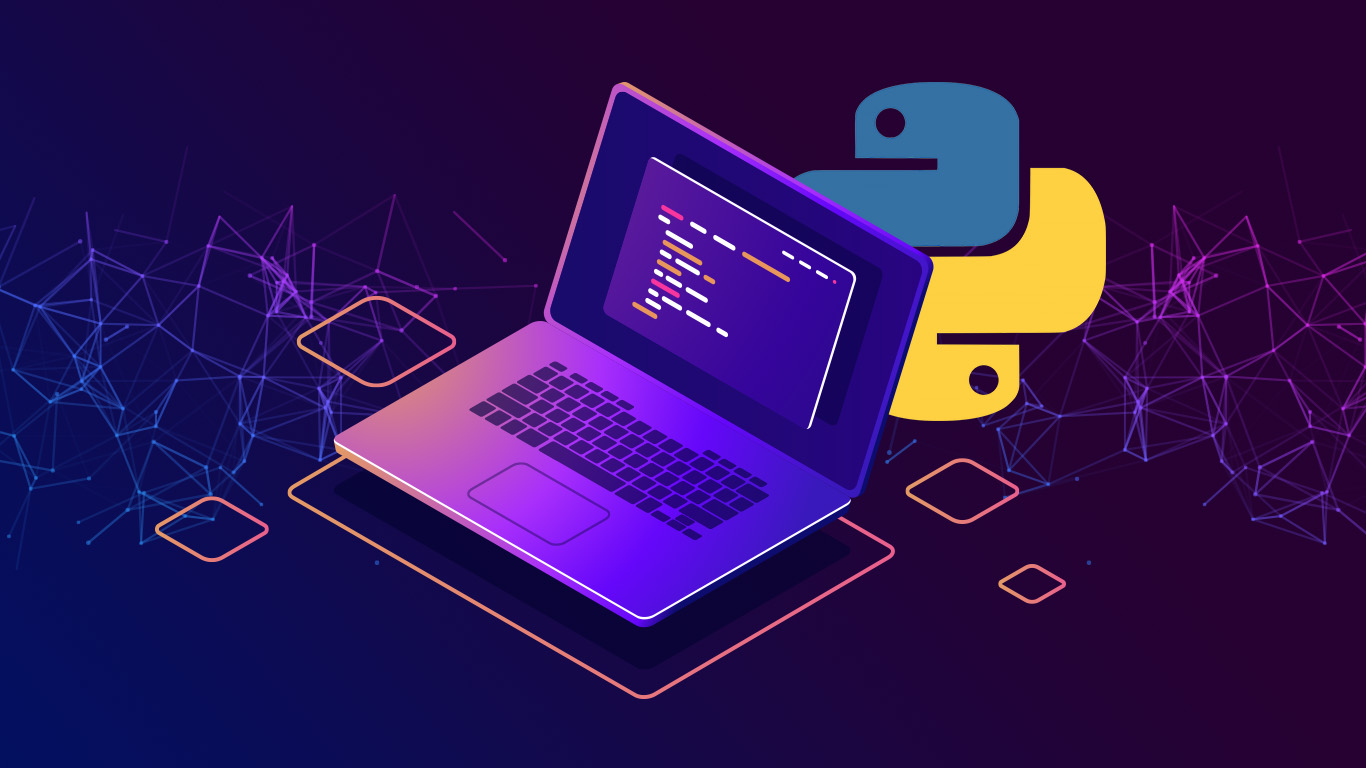
A Guide for Learning Python Programming
Friday, 15 January 2021
Why Python Is Essential for Data Science?
First, python is easy to learn because it focuses on simplicity. The python code is easy to read and this programming language provides a host of helpful options for data scientists simultaneously. Next, python is well-supported. It has a broad array of helpful libraries that are available at no cost. Then, python becomes the library’s collection for machine learning such as scikit-learn. After that, python has a massive data science community base with pieces of training and forums available, make it an exceeding community. Lastly, python equips with graphics and diverse visualization tools, granting data scientists with the capability to get a good sense of data.
Data science is being used to grow business and increase customer satisfaction. However, data science needs a powerful tool to find unseen patterns of data, derive meaningful information, and make business decisions. Python as a programming language becomes a tool that has been widely used with a high potential in the data science field and there are several reasons that makes python a fantastic option for data science.
Set Up Python and Develop a Simple Application
Python is now one of the most widely used programming language in the world and has become one of the fundamental requirements for data scientists. One simple way for setting up development for python is by downloading anaconda and use python from its navigator. For installing anaconda, go to the anaconda website and choose a Python 3.x graphical installer a Python 2.x graphical installer. Once anaconda installed, python will also automatically be installed. Lastly, try to run this command: conda create --name yourvenvname to create a virtual environment.
Furthermore, to develop a simple application in python, there are several things that shall be known which are broken down into: ways to write python statements, steps to create a python application, and keys things that could prevent errors in python.
First, a python statements is a logical instruction that can be read and executed by a python interpreter. It is ranging from basic to more complex. To write a python statements, start by defining a data & variable, write simple calculations with numpy, define and call variables in python, define data with pandas, and define functions, looping, and conditional statements.
Next, one example of a basic python application is a Create, Read, Update, Delete (CRUD) application which is used to create a python application. The steps to develop a python-based app are consist of setting up a new python project and required packages for app development, starting a python app with Django, configuring the app settings, adding urls and views in the app and then, launching the app on local server.
Lastly, prevent errors in python is crucial to ensure the statements can be executed without problems and the apps can run smoothly. Know the error types in python, understand how to do exception handling and error tracing, familiar with common mistakes in python programming, and know how to avoid common mistakes in python programming are important to prevent errors in python.
2 Kinds of Processing Simple Data Types
There are a couple of data types in python ranging from simple ones like strings, integers to a more complex such as dictionaries, lists, and tuples. Understand the process simple data types and process decimals floats and mixed number types is very crucial in learning python programming.
Firstly, process strings and integers are known as the most basic of python datatypes. Before conducting a basic processing for strings and integers, there are several things that should be understand: basic strings and integers, basic calculation with integers, concatenating strings, slicing and modifying strings, the escape characters, and the common Python methods for strings.
Secondly, there are other data types in python that consist of decimals, floats, and mixed number types. Understand the differences between Integers, decimals, floats, and mixed number types in python, know basic calculations with floats, decimals, and mixed numbers, able to calculate with different number data types, know the way for converting number data type to another number datatype, and familiar with methods for number datatypes are the things that needed to know before conducting a process decimals, floats, and mixed number types in python.
Conclusion
Python is a programming language that has been widely used with a high potential in the data science field. Python is also known as a programming language that is easy to learn, make it perfect for those who aspire to move into the lucrative world of programming with python.
Reference:
Python Data Types. Retrieved from: https://www.w3schools.com/python/python_datatypes.asp
Python Variables and Data Types – A complete guide for beginners. Retrieved from: https://data-flair.training/blogs/python-variables-and-data-types/
Sturtz. J., Basic Data Types in Python. Retrieved from: https://realpython.com/python-data-types/
Van Rossum, G. (2007, June). Python programming language. In USENIX annual technical conference (Vol. 41, p. 36).